Teaching your puppy new tricks is a cornerstone of responsible pet ownership, going beyond mere entertainment. Engaging your puppy in trick training offers a powerful way to foster impulse control, provide essential mental stimulation, and build a stronger bond between you. This process not only enhances your canine companion’s skills and behavior but also significantly improves their overall understanding and responsiveness. When a dog consistently responds to commands, their behavior around other dogs and people naturally improves, leading to a more harmonious life for everyone.
Here are 12 of the easiest tricks to teach most dogs, setting them on the path to better behavior.
1. Sit: The Foundation of All Tricks
The “Sit” command is universally recognized as the simplest and most fundamental trick for any new puppy. Mastering “sit” is often the crucial first step that makes learning subsequent tricks significantly easier. Once your puppy can reliably sit on cue, they’ll be more receptive to learning other commands.
How to Teach Your Puppy to Sit
To teach your puppy to sit, hold a high-value treat close to their nose. As you slowly move the treat upward and slightly back over their head towards their tail, your puppy’s nose will follow, naturally guiding their rear end into a sitting position. The moment they sit, say the command “Sit,” reward them with the treat, and offer enthusiastic praise like “Yes!” or “Good dog!” Repeat this process consistently until your puppy sits reliably with just the verbal cue.
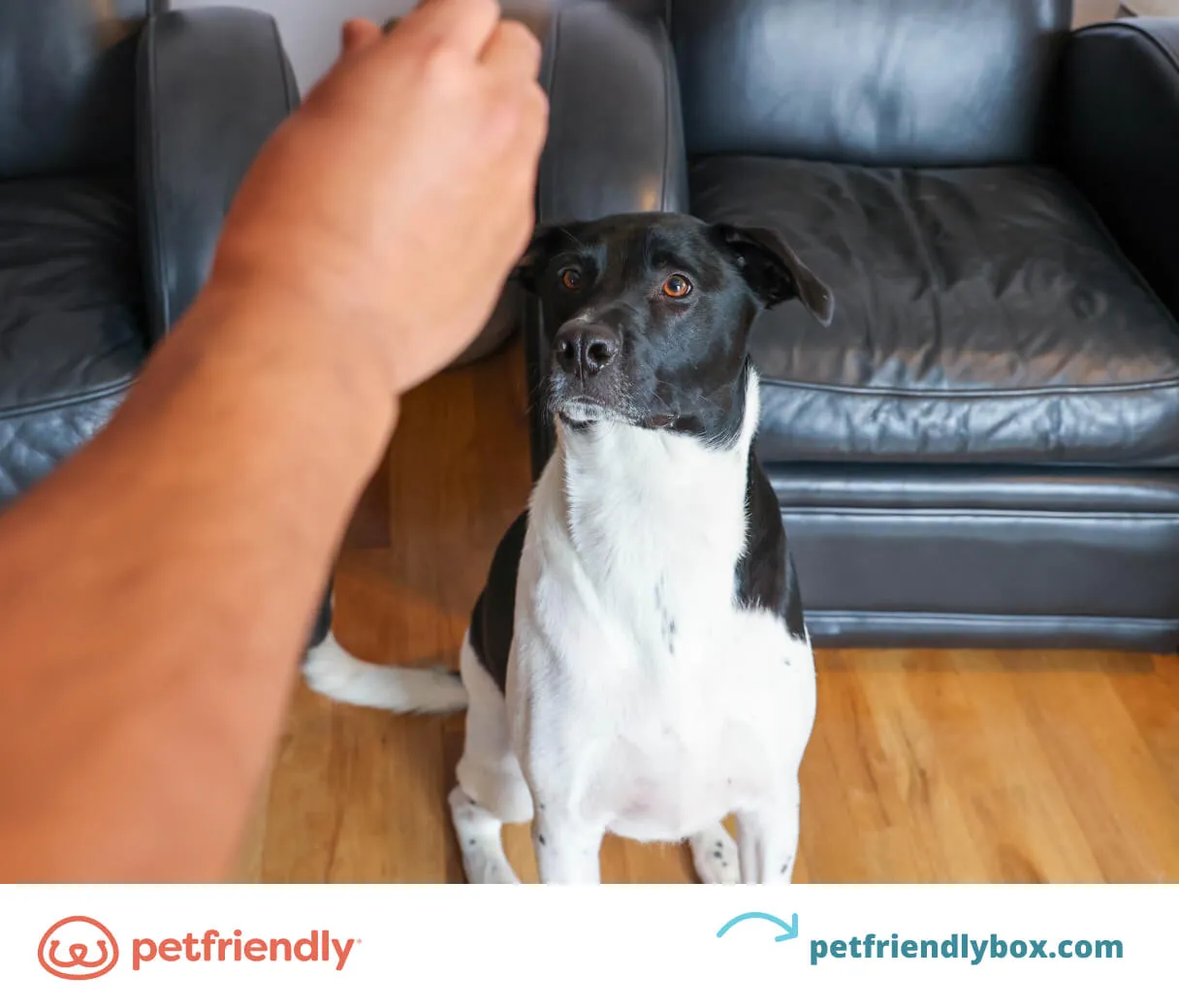 Dog Trick: Sit
Dog Trick: Sit
2. Stay: Building Patience and Impulse Control
Teaching your puppy to “Stay” is another foundational trick that is incredibly useful. It helps your puppy develop crucial impulse control and provides a way to keep them safely nearby or prevent them from approaching potential distractions. This trick, when mastered, will serve you well as your puppy grows.
How to Teach Your Puppy to Stay
Begin by having your puppy sit. Once in a sitting position and rewarded, use the verbal cue “Stay.” Initially, wait only a few seconds before releasing them with a clear release word and rewarding them. Gradually increase the duration of the stay and the distance you move away from your puppy. As they become more proficient, you can introduce distractions or even leave the room for short periods.
Release Words: Common release words that signal the end of a command include “O.K.,” “Release,” “Go,” “Break,” or “Free.” Consistency with your chosen release word is key.
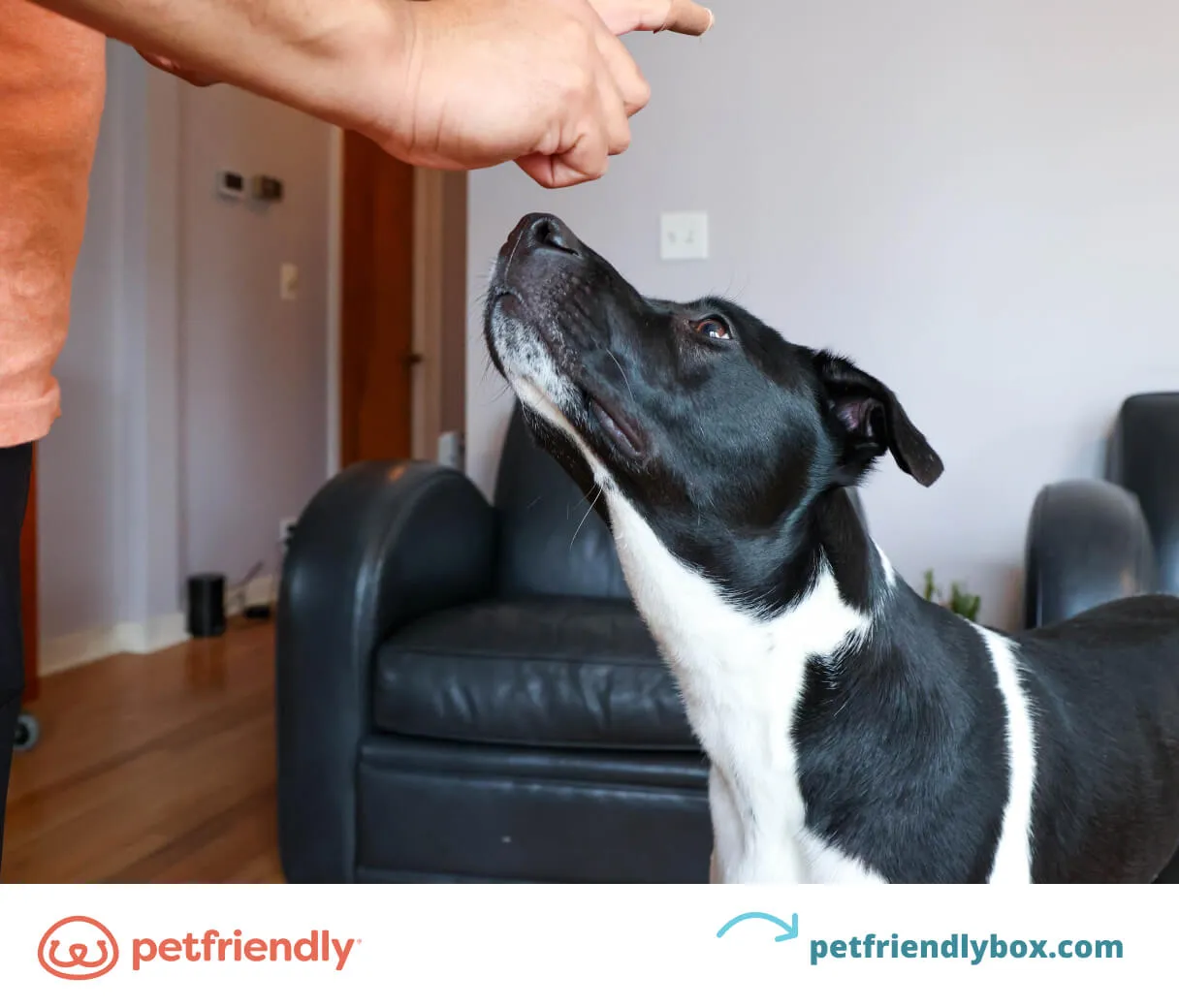 Dog Tricks: Stay
Dog Tricks: Stay
3. Come: Ensuring Safety and Freedom
The “Come” or “Here” command is paramount for your puppy’s safety. It’s a critical cue that can prevent them from running into dangerous situations, such as approaching traffic or encountering aggressive animals. A puppy who reliably comes when called can enjoy more freedom off-leash, exploring their surroundings with confidence while always knowing they can return to you.
How to Teach Your Puppy to Come When Called
Start by standing a short distance from your puppy. Say their name followed by the command “Come.” As they begin to move towards you, offer encouragement and praise. Upon reaching you, reward them with a treat, generous petting, and positive reinforcement. Use your release word and then repeat the process. This builds a strong positive association with returning to you.
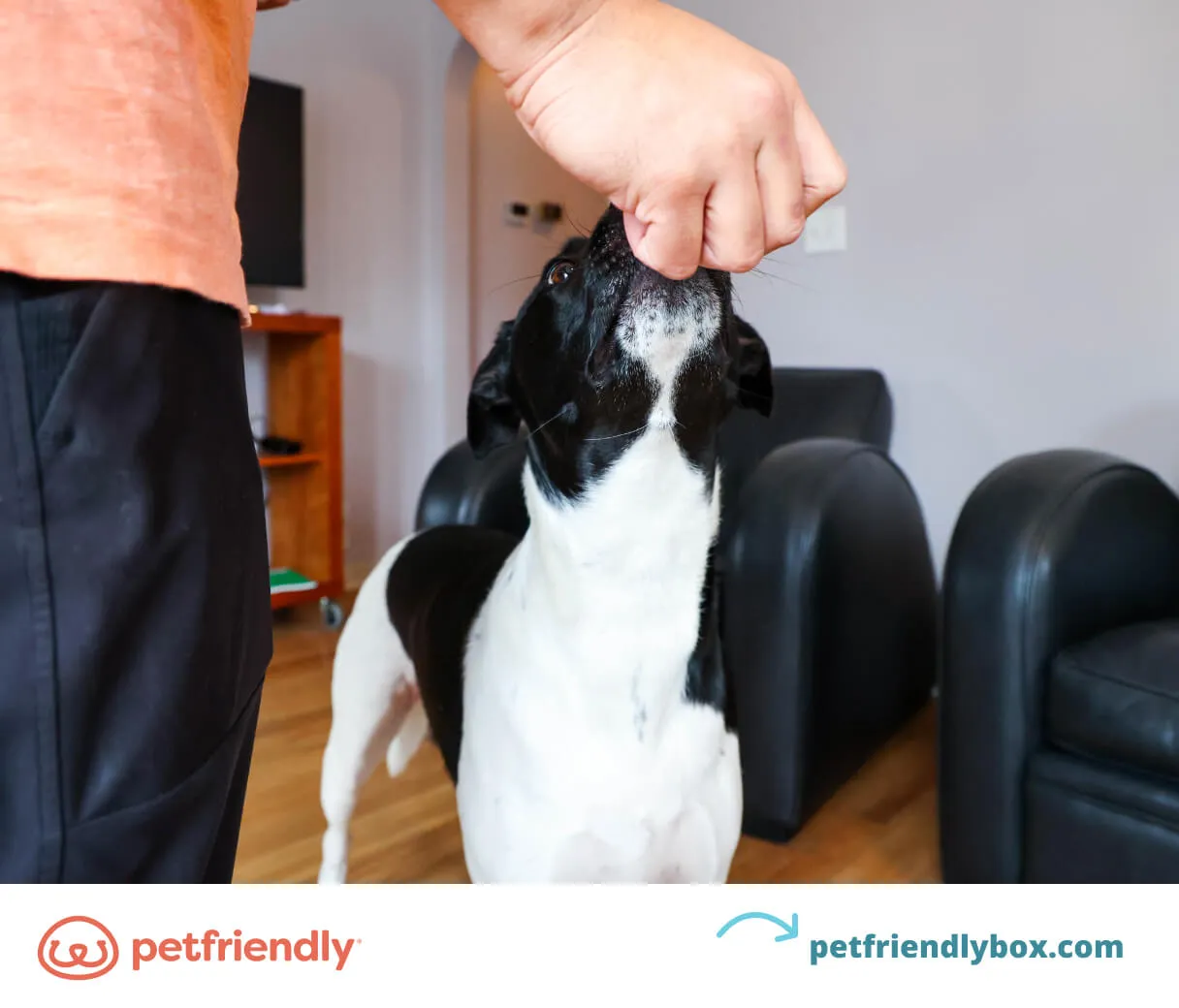 Dog Tricks: Come
Dog Tricks: Come
4. Leave It: A Vital Safety Command
The “Leave It” command is essential for your puppy’s safety, teaching them to ignore items they shouldn’t interact with. This is particularly important for preventing them from ingesting potentially harmful substances like dropped food, medications, or toxic household items. Teaching “Leave It” ensures your puppy looks to you for permission before consuming anything found on the ground.
How to Teach Your Puppy to Leave It
Start by placing a high-value treat in your closed fist. Present your closed hand to your puppy and say “Leave It.” Let them investigate, but only reward them with praise and their release word when they disengage from trying to get the treat. Once they consistently ignore your closed hand, try the same command with the treat in your open palm. Eventually, you can progress to dropping a treat on the floor and using the “Leave It” command, rewarding them only after they’ve ignored it for a few seconds.
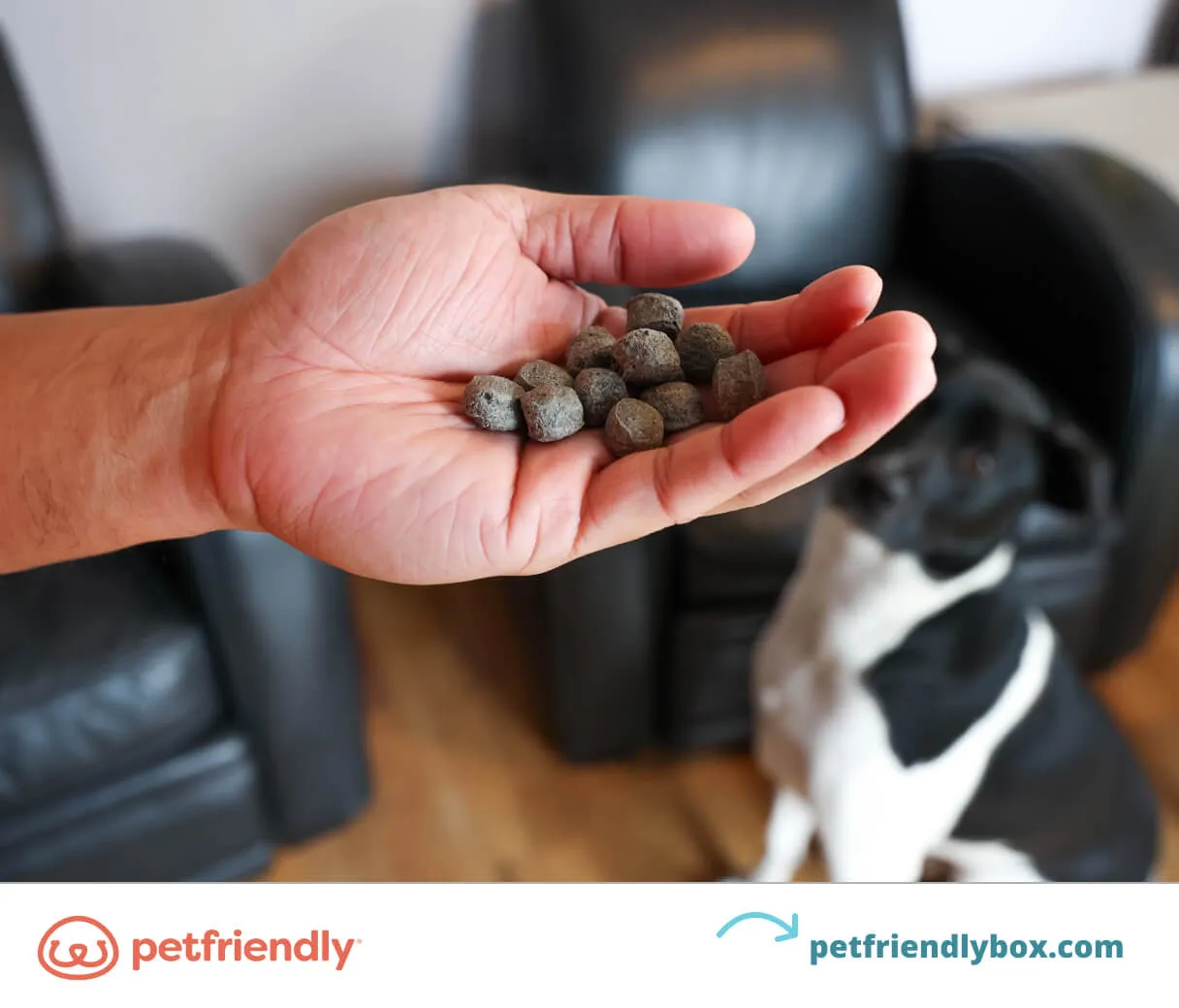 Dog Tricks: Leave It
Dog Tricks: Leave It
5. Down: Promoting Calmness
The “Down” command is incredibly useful for everyday situations, helping your puppy to settle and relax. It’s particularly valuable during veterinary visits, when guests are over, or anytime you need your puppy to be still and calm.
How to Teach Your Puppy to Down
Begin with your puppy in a sitting position. Hold a treat near their nose and slowly lure it down towards the floor in a straight line. As you move your hand flat along the floor away from your puppy, they should naturally follow the treat into a lying-down position. As soon as they are down, say “Down,” reward them, and use your release word. Repeat until they respond to the verbal cue.
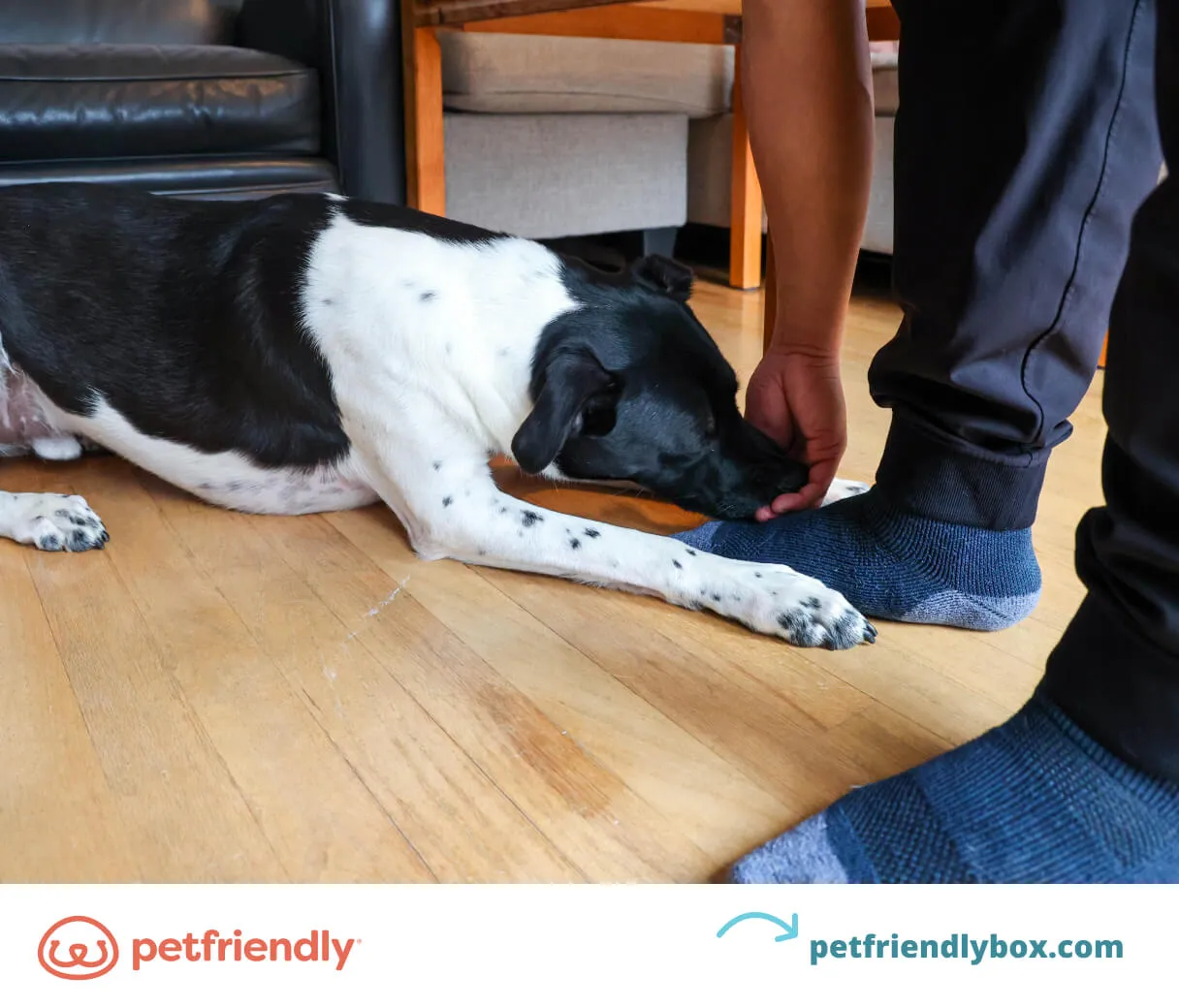 Dog Tricks: Down
Dog Tricks: Down
6. Place: Creating a Safe Space
The “Place” command teaches your puppy to go to and settle on a designated spot, such as their bed or crate. This is incredibly beneficial for managing common behavioral issues like begging at the table or jumping on guests. It provides your puppy with an appropriate alternative behavior, reinforcing good manners.
How to Teach Your Puppy Place
Ensure your puppy knows basic commands like “Sit,” “Down,” and “Stay,” and has a release word. Introduce their designated “place” (bed, mat, or crate) by rewarding any positive attention they give it, such as sniffing or stepping onto it. You can lure them onto their place with a treat and say “Place” as they step onto it. Reward them, then use your release word. Gradually increase the duration they stay on their place and introduce distractions to build their focus.
 Dog Tricks: Place
Dog Tricks: Place
7. Back Up: Developing Body Awareness
“Back Up” is a fun trick that helps your puppy develop better body awareness and coordination. While not a natural movement for many dogs, it’s a skill that can be learned and is surprisingly useful for navigating tight spaces or encouraging your puppy to give you or guests a little room.
How to Teach Your Puppy to Back Up
Find an open space where your puppy can move backward comfortably. Stand in front of your puppy and take a small step towards them. The moment they instinctively take a step backward with their hind legs, reward them with a treat. After a few repetitions, start adding the verbal cue “Back” or “Back Up” as they take a step back. With consistent practice, they will begin to back up on command.
 Dog Tricks: Back Up
Dog Tricks: Back Up
8. Shake Paws: A Friendly Gesture
Teaching your puppy to “Shake Paws” is a charming trick that’s easy to learn and always a crowd-pleaser. It’s a great way to interact with friends and family and strengthens the bond you share.
How to Teach Your Puppy to Shake Hands (Paws)
Have your puppy sit. Hold a small treat in your closed hand and present it to them. As you repeat the command “Shake,” gently tap one of their front paws with your other hand. Many puppies will instinctively lift their paw to try and get the treat. The moment they lift their paw, grasp it, say your command word, and reward them with the treat. Repeat until they offer their paw on cue.
 Paw Shake Hands Dog Trick
Paw Shake Hands Dog Trick
9. Play Dead: A Dramatic Flair
While not as essential as basic obedience, “Play Dead” is a fun and dramatic trick that adds to your puppy’s repertoire. If your puppy already knows the “Down” command, they will likely pick this up quickly.
How to Teach Your Puppy to Play Dead
Start with your puppy in a lying-down position. Hold a treat near their nose and slowly lure it sideways, encouraging your puppy to roll onto their side to follow the treat. Reward them once they are on their side. Repeat this until they are comfortable lying on their side. Then, introduce a verbal cue like “Play Dead” or “Bang” as you perform the lure. Eventually, they will associate the command with the action of rolling onto their side. You can also add a hand signal, like a finger gun.
 Dog Trick: Play Dead
Dog Trick: Play Dead
10. Speak: Managing Vocalizations
Barking is a natural form of communication for dogs. Teaching your puppy when it’s appropriate to “Speak” can help manage excessive barking and improve impulse control. This command teaches them to vocalize on cue, which can be helpful in various situations.
How to Teach Your Puppy to Speak
Get your puppy’s attention with a highly desirable toy or treat. Frustration or excitement might cause them to make a noise or bark. The moment they vocalize, mark the behavior with the command “Speak” and immediately reward them. Repeat this consistently until your puppy understands that “Speak” means to bark on command.
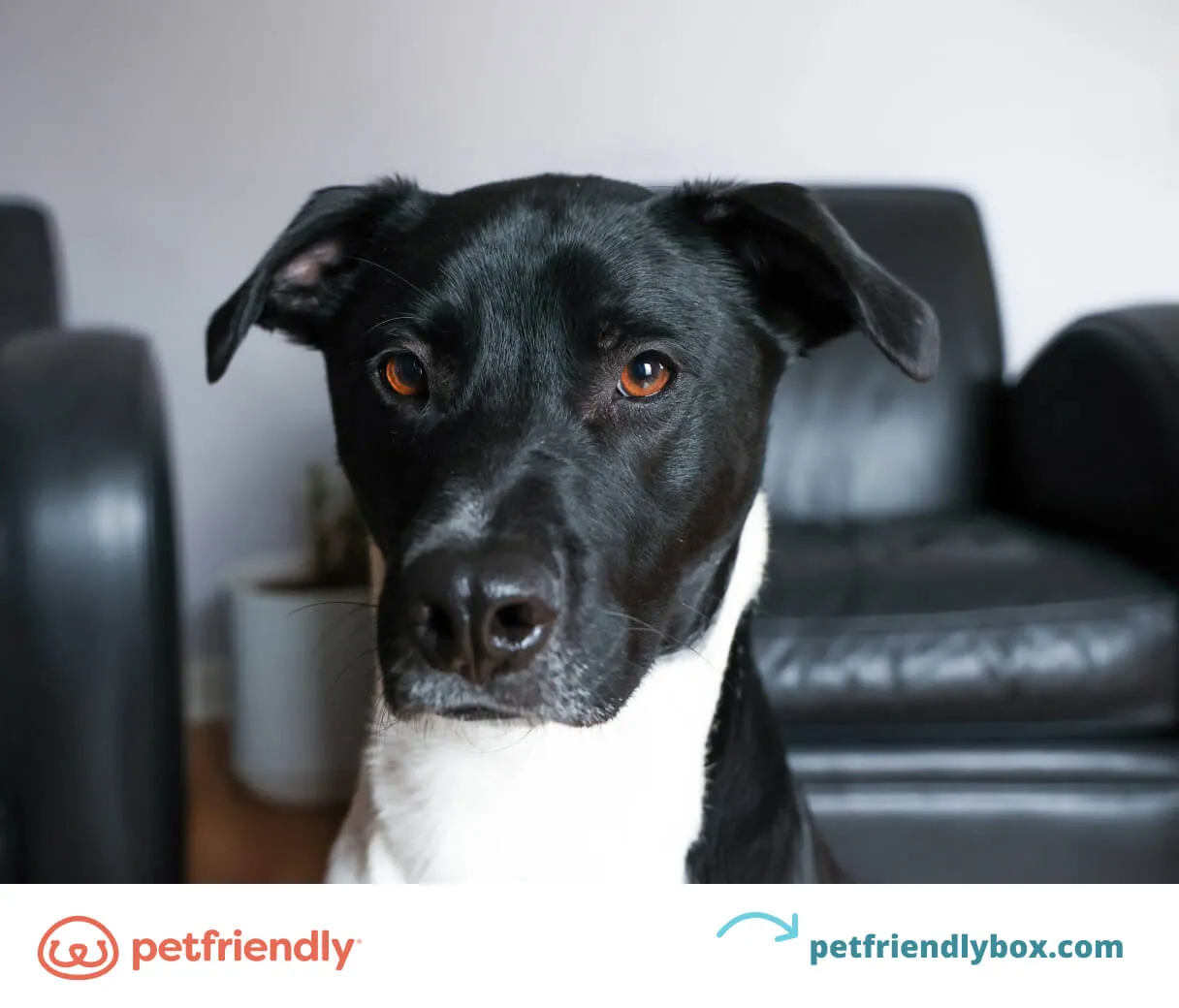 Dog Trick: Speak
Dog Trick: Speak
11. Take a Bow: Encouraging Natural Stretches
The “Bow” command often comes quite naturally to puppies, especially those who enjoy stretching frequently. Instead of just acknowledging their stretch, you can formalize it into a trick by using the command “Bow” or “Take a Bow.”
How to Teach Your Puppy to Take a Bow
With your puppy standing, hold a treat in front of their nose and slowly lure it down towards the floor. As their nose follows the treat to the ground, their front legs will lower while their hindquarters remain up. As they are in this position, say “Bow” and reward them. Repeat this until they perform the bow on command.
 Take a Bow Dog Trick
Take a Bow Dog Trick
12. Spin: A Fun and Energetic Trick
“Spin” is a delightful trick that adds a sense of fun and agility. While not a critical skill, it’s an engaging way to keep your puppy mentally stimulated and is enjoyable to teach and perform.
How to Teach Your Puppy to Spin
Hold a treat near your puppy’s nose and slowly move it to the side of their head, encouraging them to turn and follow the treat with their head. As they turn, say the command “Spin.” Continue moving the treat in a circular motion until they complete a full turn. Reward them when they return to their starting position. Repeat until they can spin with just the verbal command.
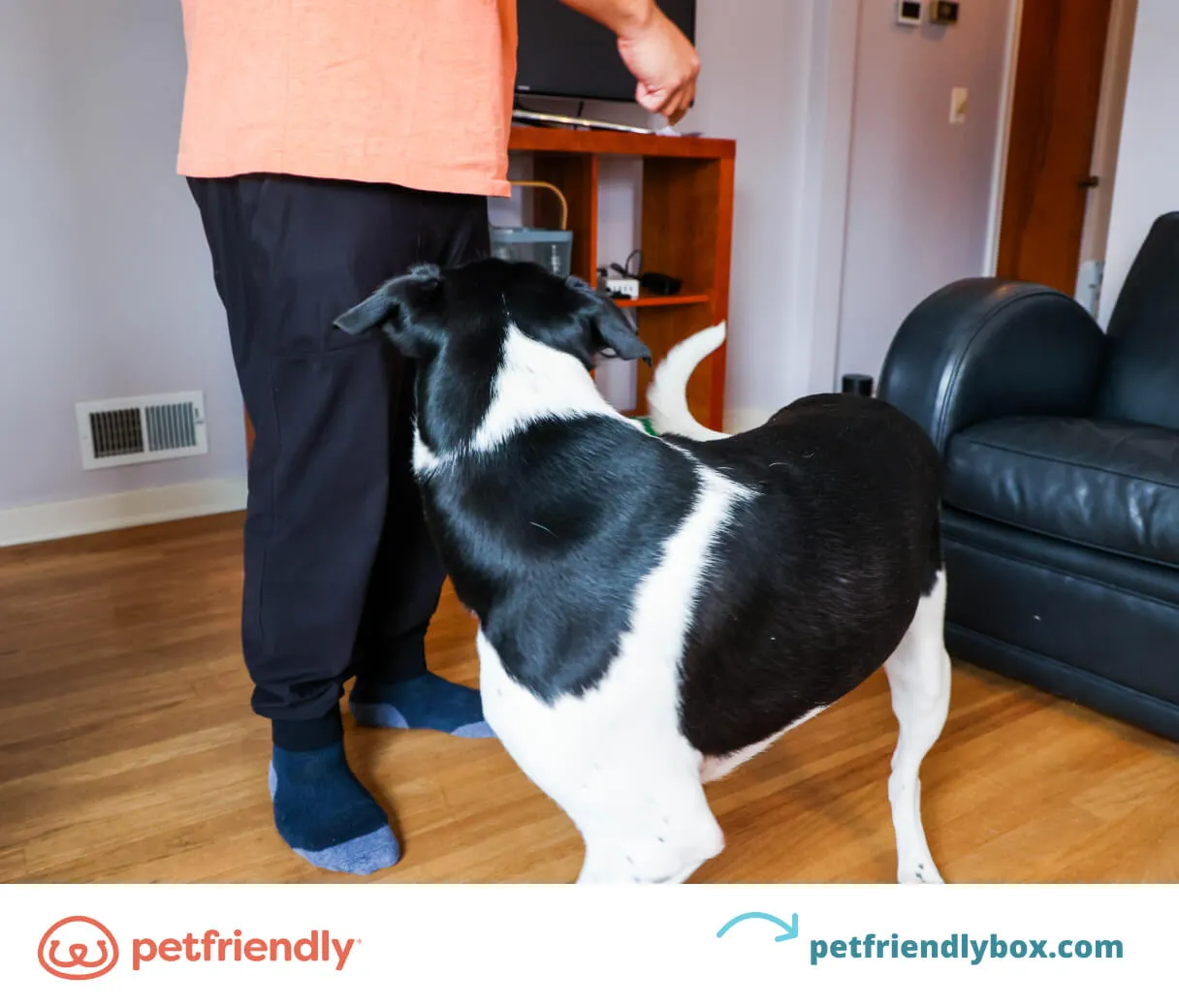 Dog Trick: Spin
Dog Trick: Spin
Final Tips for Teaching Your Puppy Tricks
As you embark on teaching your puppy these easy tricks, remember these essential tips for success:
- Keep sessions short and engaging: Aim for training sessions of 15-20 minutes, once or twice a day.
- Start simple: Begin with foundational commands before moving to more complex tricks.
- Use treats wisely: Utilize small pieces of your puppy’s regular food or high-value training treats. Plan training times around meal schedules to avoid overfeeding.
- Be consistent and patient: Not all puppies are fast learners. Consistent practice and a positive attitude are crucial.
Behavioral training and trick training are fantastic ways to stimulate your puppy’s mind and strengthen your bond. Enjoy the process and celebrate every small success!
